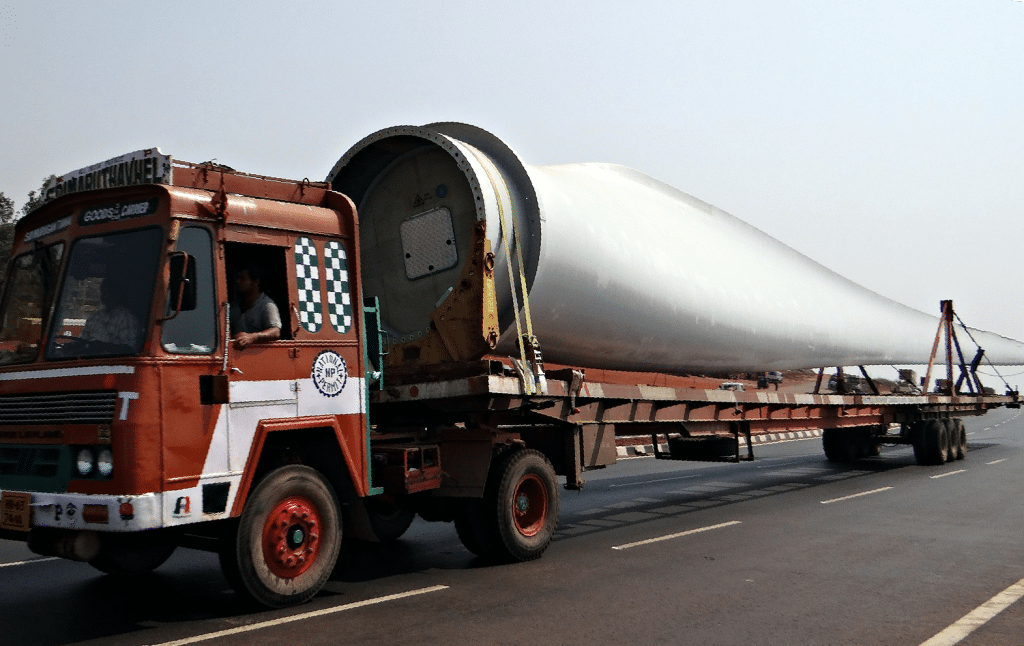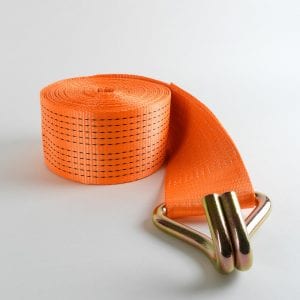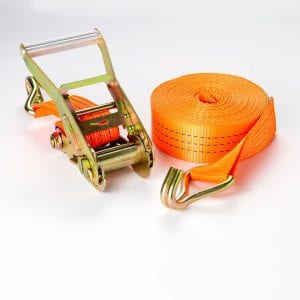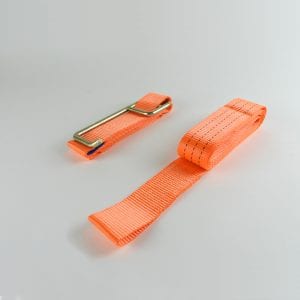No products in the cart.
Load Tie Down
The new law for cargo lashing
Carrying out transportation efficiently and safely requires a lot of attention and care. Therefore, efficient cargo lashing must be treated not only as a formal requirement but as a fundamental requirement for successful deliveries.
Since January 2017, Resolution 552 of the National Traffic Council (Contran) has been in force, which establishes mandatory rules for lashing cargo and has brought important changes to the sector.
Do you already know the new law for lashing cargo? Do you know why it is important to ensure safer transportation? What precautions are needed to prevent accidents?
Understand why cargo lashing is important
Every trucker knows that traveling without having the cargo properly tied is a risk that can trigger serious problems, such as loss of goods, accidents, and travel delays.
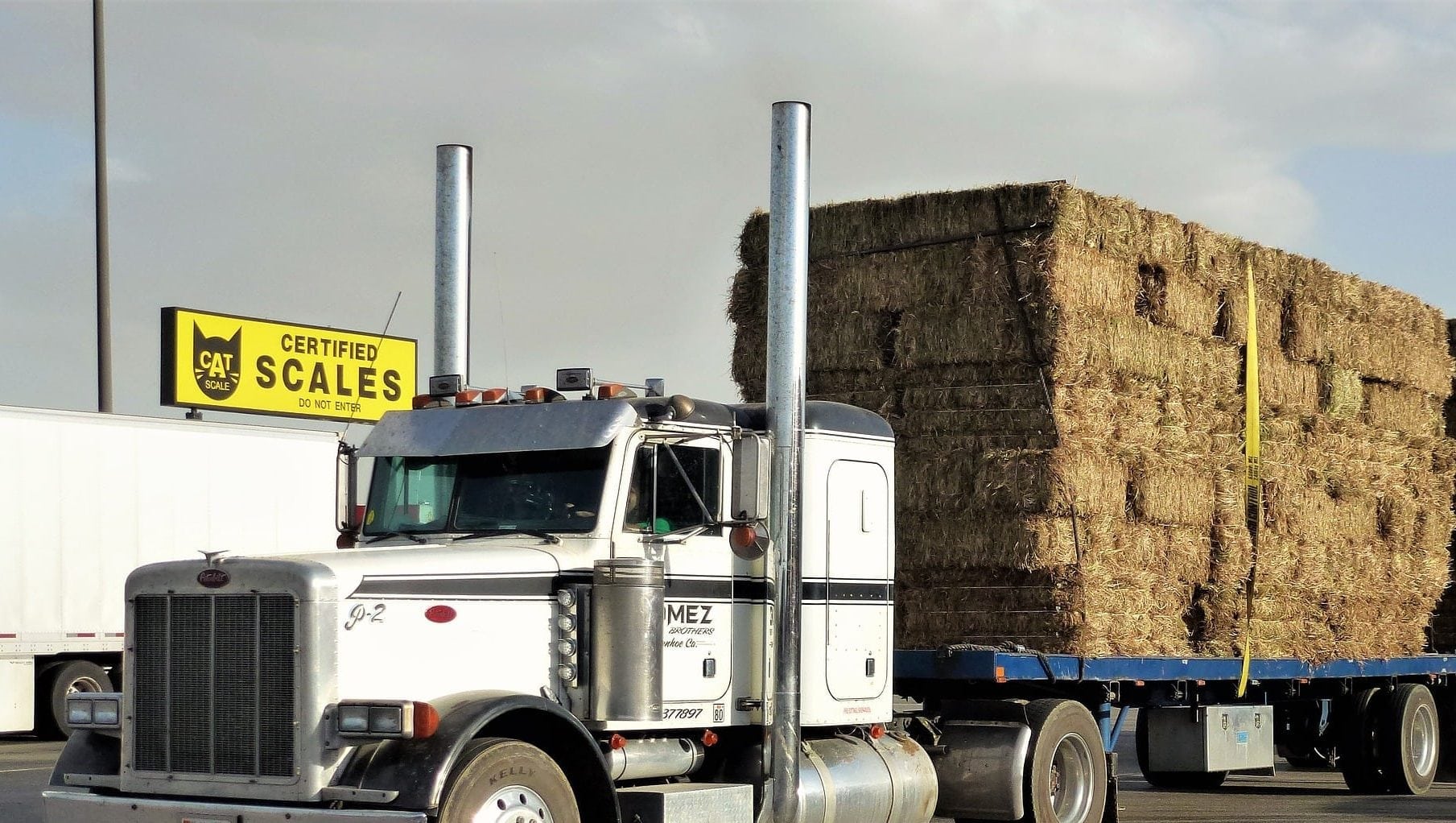
The lashing has the main function of preventing the cargo from moving or moving during the journey and causing problems for the driver and all those who cross the truck on the roads.
During sudden braking, sharp turns, or other adverse conditions, the risk of accidents with the load becomes even greater. Tipping situations and loss of control of the vehicle due to detachment and poor fixation of the loads are not uncommon.
See the main requirements of the new legislation
One of the main changes brought about by this new legislation is the ban on the use of ropes for lashing and securing cargo. They can now be used only to secure the tarpaulin covering the load when required. This is because of the lack of elasticity and resistance of these materials represents a very high risk on the roads.
Another important measure is the extinction of the lashing points. The resolution prohibits the use of lashing devices at points that are made of wood. The objective is to prevent the lack of resistance to these materials from causing accidents and putting other vehicles at risk.
Observe how the attachment points should look
The lashing points cannot be fixed exclusively on the wooden floor; they must be fixed on the metallic part of the body or the vehicle’s own chassis.
New vehicles must have a metal chassis and crossbars, and the side guards and the floor cannot be considered as fixing points if these lashing points are fixed only to the wood and without contact with the crossbars or the chassis.
Therefore, it is no longer allowed to tie the load to wooden sleepers or the hooks at the ends of the sleepers, as was done before.
Circulating bodies must contain metal profiles in “L” or “W” at the fixing points, fastened to the crossbars of the structure by screws to allow the welding of the hook at these points and guarantee the necessary resistance.
It is the responsibility of the vehicle driver to periodically check the tensioning of the fixing devices during the journey and to retighten them when necessary.
Find out which materials can be used for lashing
The legislation now requires that textile straps, chains, and steel cables with a total tensile strength of at least twice the weight of the cargo be used for lashing.

In addition, equipment such as retaining bars, rails, meshes, nets, shims, friction marks, blockers, protectors, and separators can be used as additional safety devices. However, they are not mandatory.
In the case of transporting indivisible loads, such as machinery and large equipment, in plank or body type vehicles, attention must be doubled, and the lashing procedure will need special care. For the safe transportation of these loads, at least four lashing points must be made and use textile straps, steel cables, chains, or a combination of these materials.
Besides, in the case of transporting dry cargo, the lashing can only be passed through the outer side of the body if the cargo fully occupies its internal space. Otherwise, the lashing devices must pass through the interior.
Know the rules for trunk or closed body vehicles
For vehicles with a trunk type (so-called “siders”), the side tarpaulins cannot be used as a cargo containment structure, and a sufficient number of lashing points must be used.
In vehicles with a fully closed body (van with general cargo and isothermal or refrigerated chests), the walls can be considered as a containment structure, with internal lashing points being optional.
Pay attention to the beginning of the rules
When the Resolution was published, vehicles manufactured after January 1, 2017, had to obey the new rules immediately. Vehicles that were already in circulation had until January 1, 2018, to comply with the new legislation.
But, after that period, now all cargo vehicles in Brazil, especially trucks, must comply with these standards.
Thus, vehicles found to be in breach of the new rules will be subject to the sanctions and penalties imposed by the Brazilian Traffic Code (CTB), which range from the application of fines to the retention of the vehicle for regularization.
Use suitable lashing equipment
Companies like Robustec provide equipment for lashing, moving, lifting, and securing loads, such as winches, hand winches, pulleys, straps, and landing gears.
As we have seen, cargo lashing is a fundamental procedure for safe and efficient cargo transportation. The new legislation can only help to improve road safety. Following the rules of the legislation, you will be able to work more productively, quickly, and safely and reduce the risk of losses and accidents during road transport.
Did you like this article? Were you able to understand what the requirements of the new legislation are? Do you already know the most suitable equipment for cargo transportation? Leave your comments and questions in the comments!


